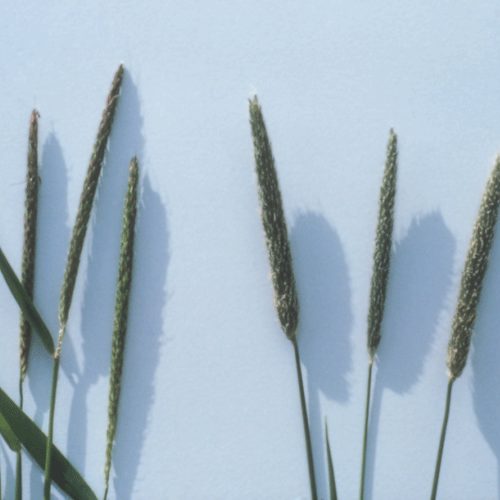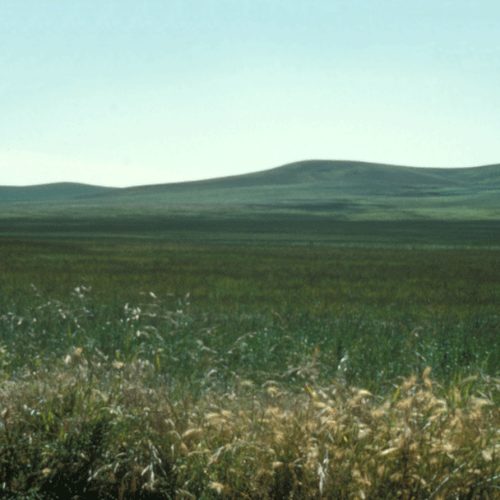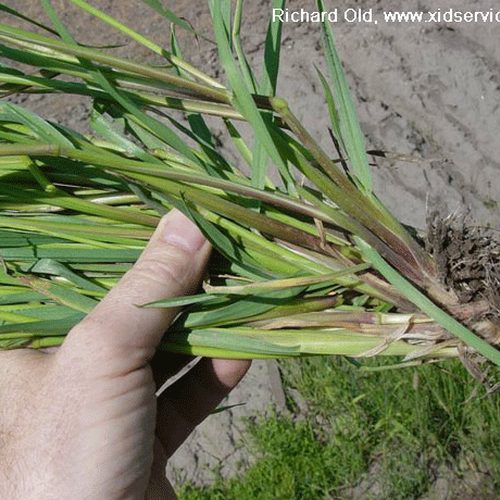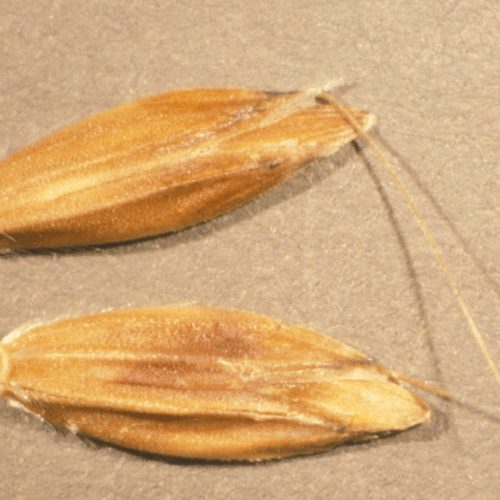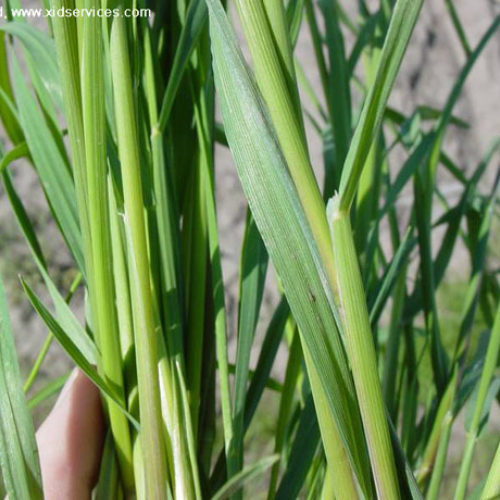Blackgrass
Alopecurus myosuroides
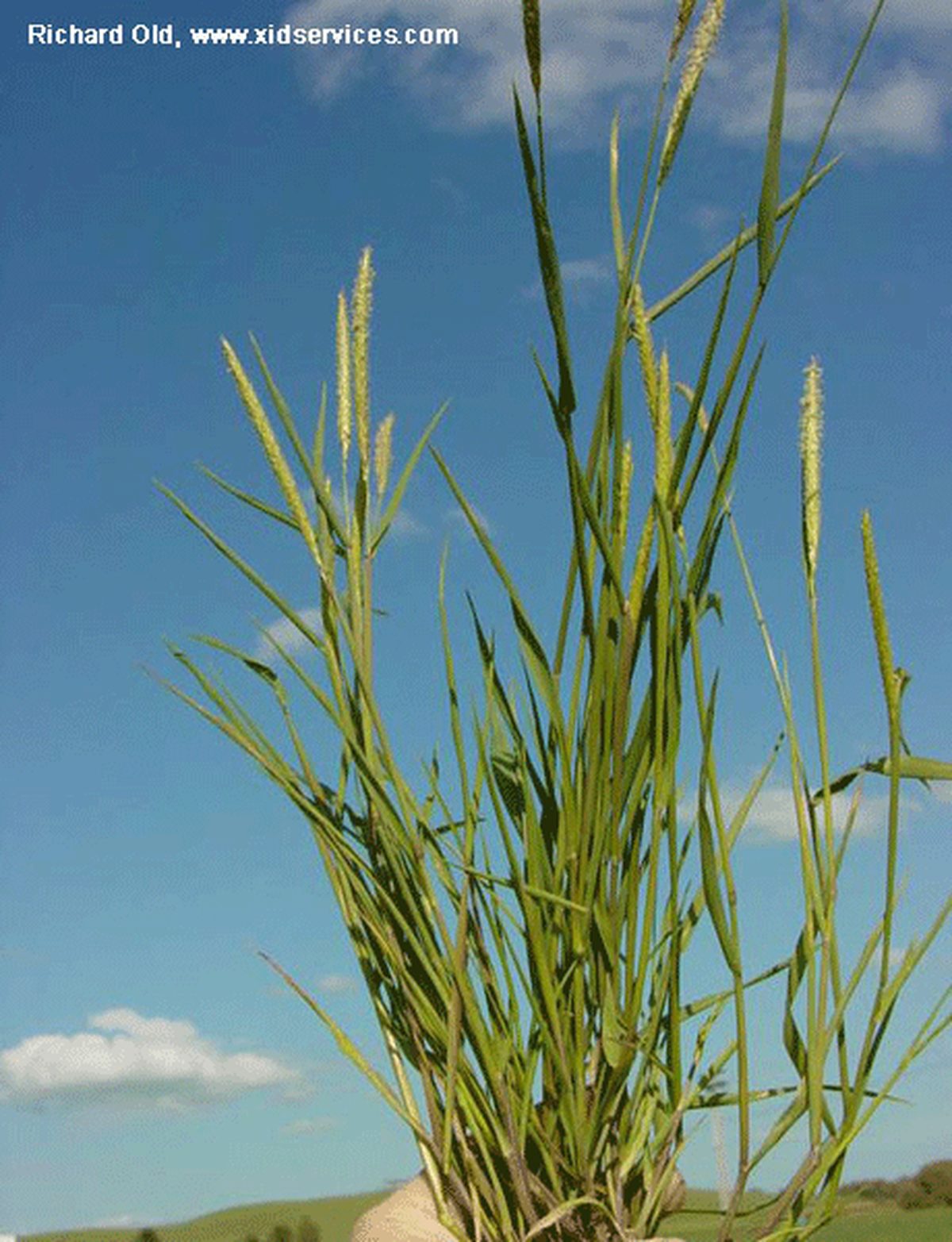
Family: Poaceae
Other Common Names: slender foxtail, slender meadow foxtail
Weed class: C
Year Listed: 1988
Native to: Europe, Asia and Northern Africa
Is this Weed Toxic?:
not known to be
Why Is It a Noxious Weed?
In Europe, it is known as one of the most noxious weeds of small grain fields. In Washington, it is a serious threat for agricultural crops such as wheat. Blackgrass was changed from a Class B to a Class C noxious weed in 2013.
How would I identify it?
General Description
Blackgrass is a tufted annual with stems that are upright or spreading then upright and can grow to 32 inches tall.
Flower Description
Flowers are in dense spike-like seed heads. Each seed head is 1 to 5 inches long and is tapered at each end. They are purplish in color and appear black from a distance. Flowers bloom from June to August.
Leaf description
Leaves alternately arranged on stems and have open leaf sheaths. Flat leaf blades are 0.08 to 0.16 inches (2 to 4 mm) wide. The upper surface is rough while the lower surface is smooth. Ligules somewhat torn (lacerate) and 0.08 to 0.20 (2 to 5 mm) long.
Stem description
Upright stems grow up to 32 inches (2 feet 8 inches).
Fruit Seed Description
High seed production and seeds are about 0.1 inches (2.5 mm) long.
Where does it grow?
Blackgrass can be found in waste areas, fields, grain fields and wet areas. Please click here to see a county level distribution map of blackgrass in Washington.
How Does it Reproduce?
Blackgrass reproduces by seed.
How Do I Control It?
Herbicide Control
Please refer to the PNW Weed Management Handbook, or contact your county noxious weed coordinator.
For More Information
See our Written Findings for more information about blackgrass (Alopecurus myosuroides).



